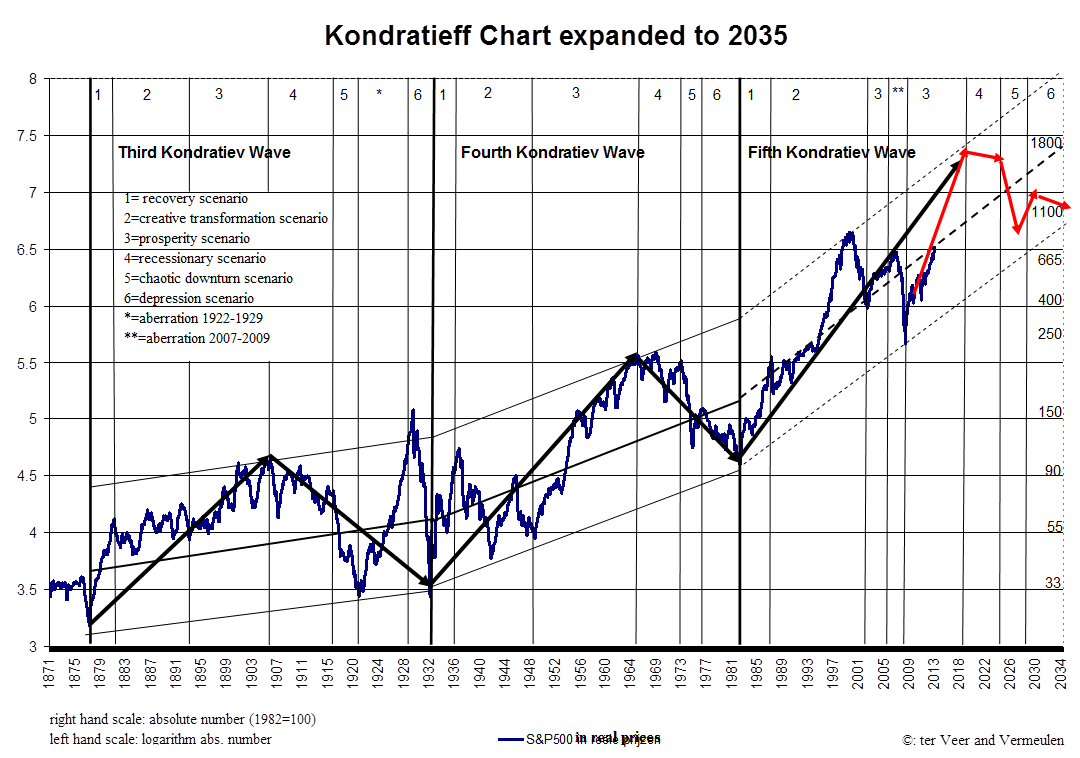The most important arguments for their doom & gloom:
1. The brut state debt if well consolidated is not 50% but 150% of GDP (but then you own all infrastructure, subsidiary loans for banks etc). 150% is already a lot, but it is rising fast.
2. The banks are weak with much more bad debt than you think [PV: that is an old problem: banks in China had always way too much debts of weak state loss making companies, but the last two decades these bad debts have become way smaller as part of their balance sheet and the capital of the banks has grown impressively, so banks are now healthier than in the past (but that health will vanish when growth in China falls too much for too long).
When the Yuan remains weak for longer the banks can be troubled with a liquidity problem when foreigners/ rich Chinese no longer al their Money want to keep in Yuans, because their very strong belief in a strong Yuan (upward only) becomes unbelievable [PV: this can become a problem, but banks are still very profitable in China (53% of all profits in China)
The chart above from WSJ shows the sudden rise of the preference for dollars instead of Yuans.].
3. The demography is weak. After 2015 the cohort 15-24-year will become small. There are 120 boys against 100 girls and that will trigger criminality and frustration.
4. Investments as % of GDP are way too big, much bigger than Japan/ Singapore/Korea at the comparable point of development. In a command economy this capital will not be used effectively. Just like the high growth numbers of the Sovjet Union in the fifties and sixties this will lead to too low true growth of consumption.
5. There is too much income inequality. Corrupt leaders will get too much rewards and that will go wrong at some point. When Xi Jin Ping doesn’t end this soon (somewhat more), China will become a chaos. The elimination of Bo Xilai is a sign Xi will attack corruption.
All in all the slowing of growth in China is quite clear according to me. For the time being growth can be manipulated to c. 7.5% with infrastructure investments and more credits to non state companies (so squeezed in 2011).
Over some years (2018-2020?) growth will be a problem because more infrastructure investments are no longer helping enough (multiplier is declining). Investments going back as % of GDP was a big problem in Japan after 1990, but because China is still much poorer than Japan in 1990 and human capital is rising strongly with better education etc economic growth can be 6% on average afterwards (not bad for a country with a non growing population) .






























